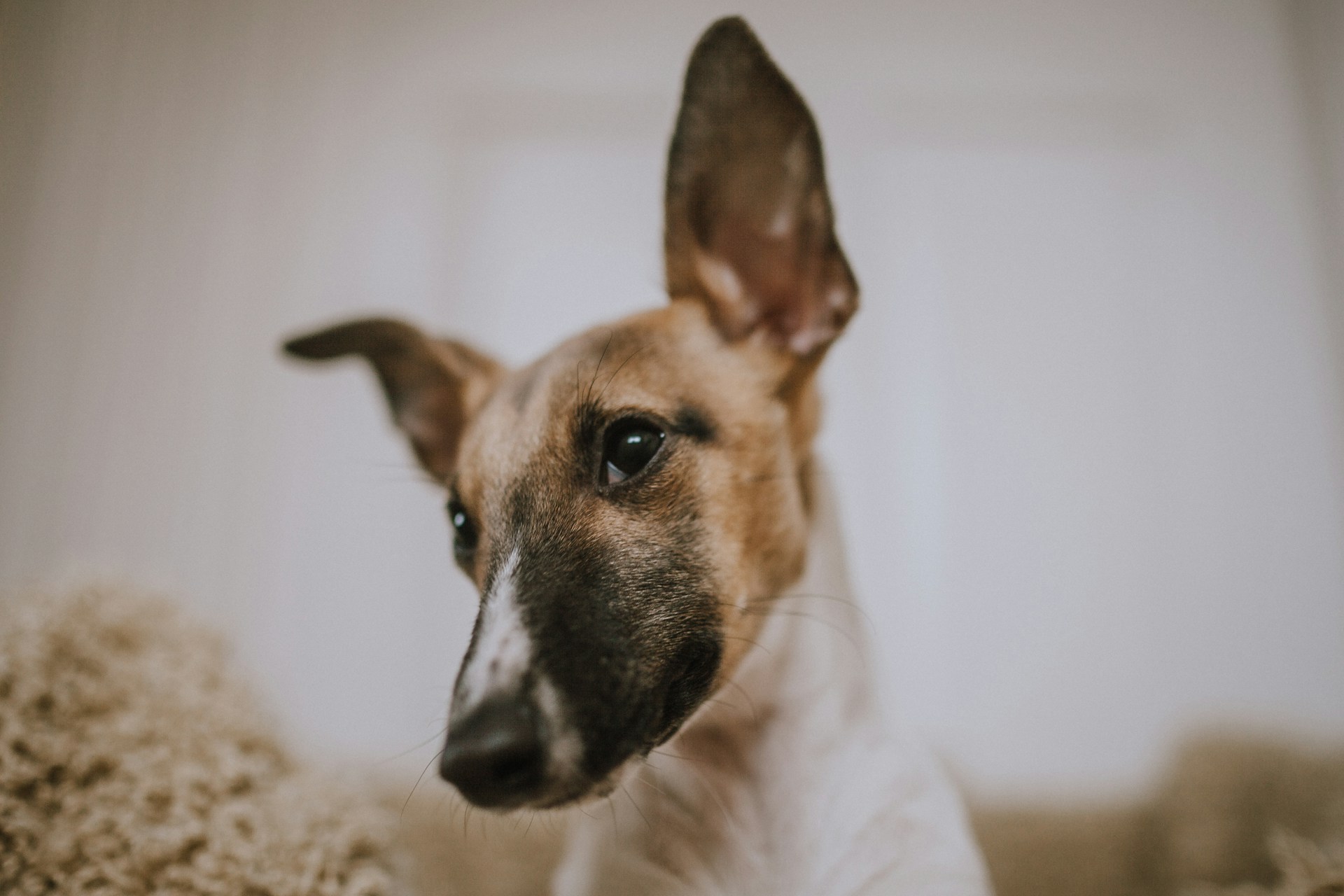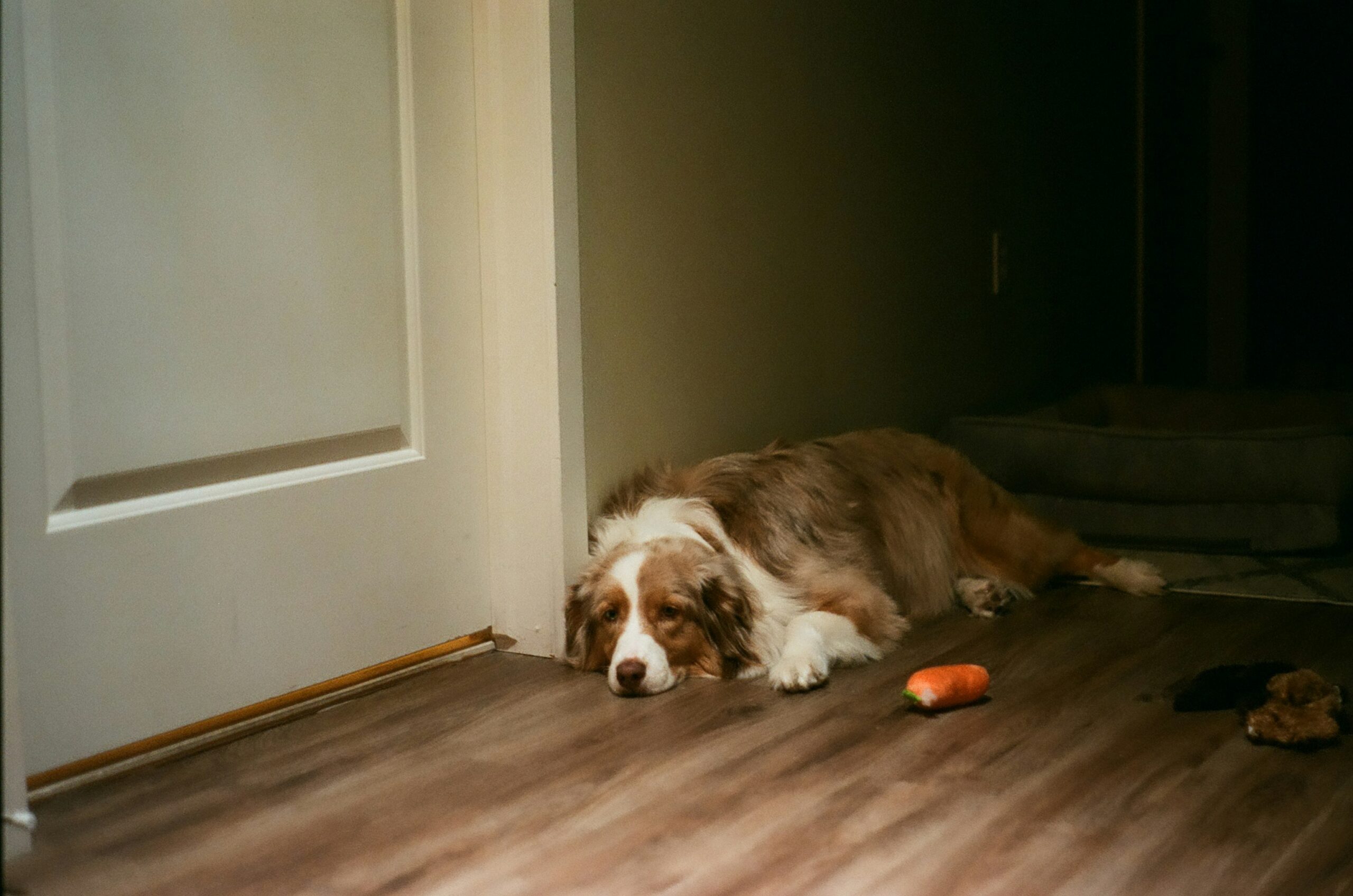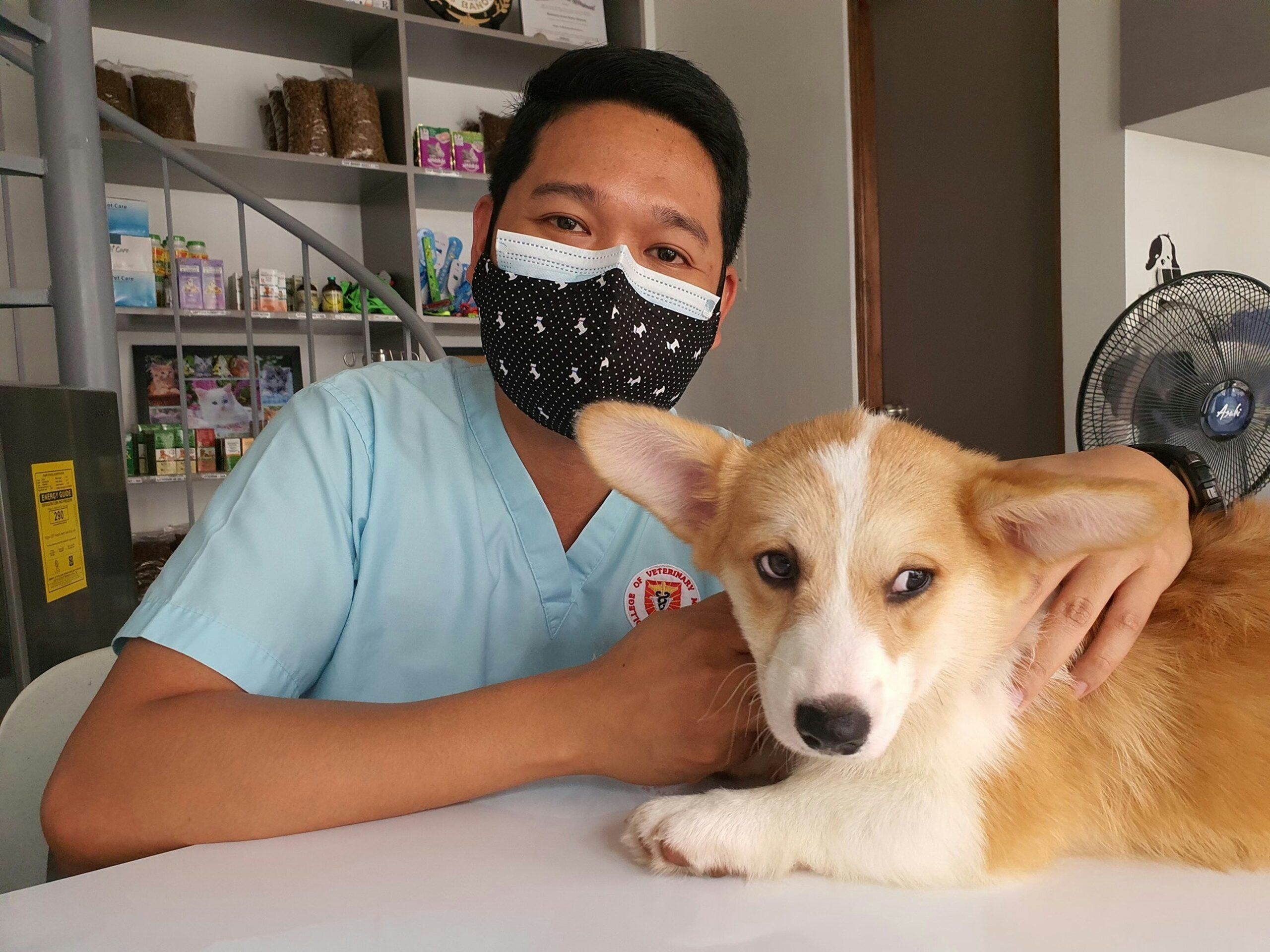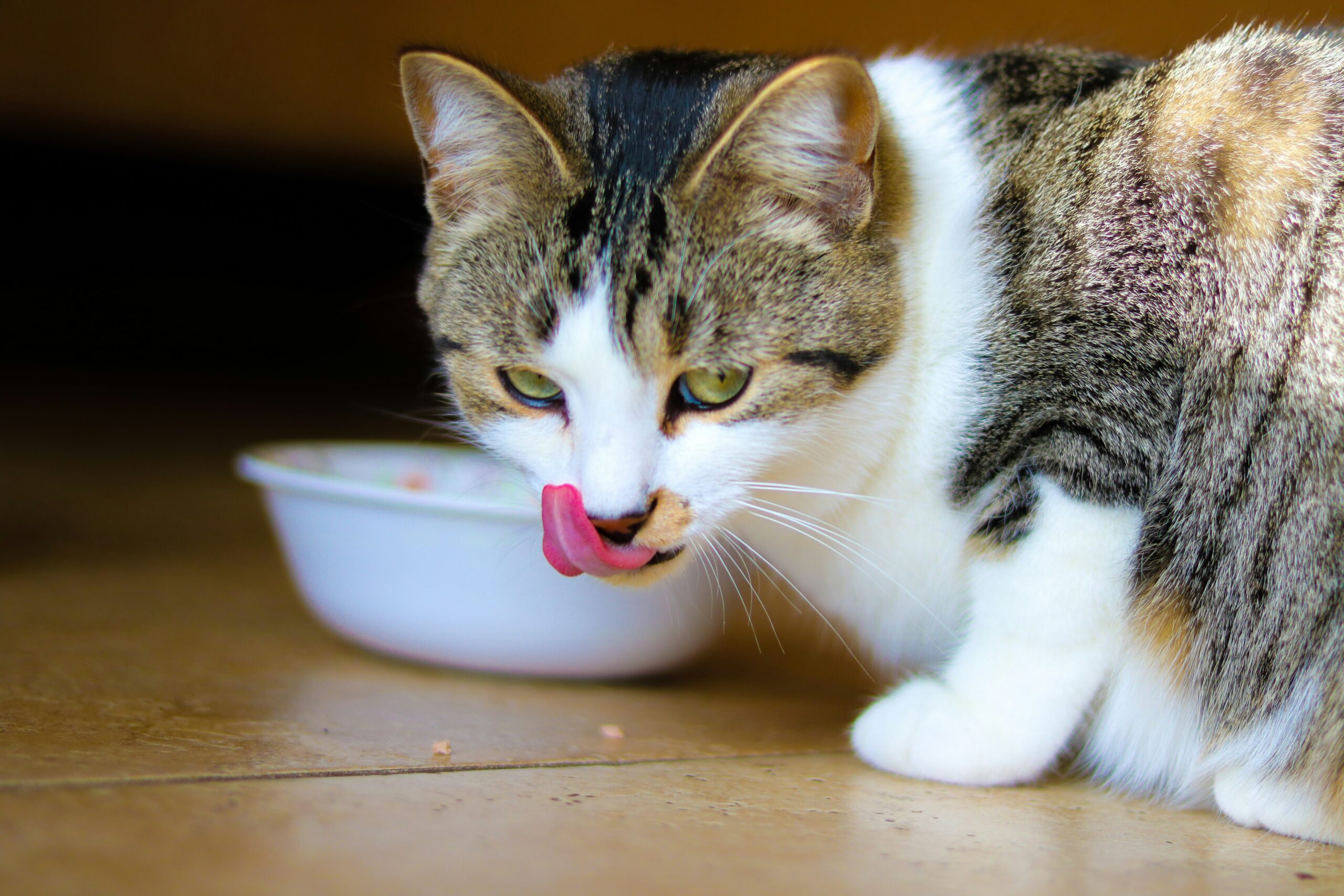Snoring in pets may seem harmless or even endearing, but for certain breeds, it can be a sign of a serious medical condition known as Brachycephalic Respiratory Syndrome (BRS). This condition primarily affects brachycephalic breeds, which are dogs and cats with short skulls and “pushed-in” faces.
Common breeds prone to BRS include:
- Dogs: French Bulldogs, English Bulldogs, Pugs, Boston Terriers
- Cats: Persian Cats, Himalayan Cats
If your pet snores while sleeping, struggles to breathe during activity, or seems unusually lethargic, they may be suffering from airway obstruction due to BRS. Understanding this condition is crucial to ensuring your pet lives a comfortable and healthy life.
What Is Brachycephalic Respiratory Syndrome?
The term brachycephalic comes from the Greek words “brachy” (short) and “cephalic” (head), referring to breeds with shortened skulls and flattened faces. These breeds have been selectively bred to maintain their unique appearance, but this has also reshaped their airways in ways that can make breathing difficult.
While their lower jaw develops normally, their upper jaw is shortened, leading to significant structural issues that restrict airflow. Many brachycephalic pets experience chronic respiratory distress and require surgical intervention to improve their breathing.
Common Airway Issues in Brachycephalic Breeds
Most brachycephalic pets share four key airway abnormalities that contribute to breathing difficulties:
1. Stenotic Nares (Narrowed Nostrils)
Brachycephalic breeds often have small, narrow nostrils that limit the amount of air they can inhale. If you look closely at a French Bulldog or Persian cat, you’ll notice their nostrils appear pinched or constricted.
- Why It Matters: Reduced airflow forces these pets to work harder to breathe, leading to fatigue and respiratory distress.
- Treatment: A simple surgical procedure can enlarge the nostrils, allowing for better airflow.
2. Elongated Soft Palate
The soft palate is the tissue at the back of the roof of the mouth. In brachycephalic pets, it is often too long and extends into the airway, partially blocking the trachea.
- Why It Matters: This obstruction makes breathing noisy and difficult, especially during exercise or sleep.
- Treatment: Surgery can trim the excess tissue, opening the airway and reducing snoring.
3. Tracheal Stenosis (Narrowed Windpipe)
The trachea (windpipe) of brachycephalic breeds is often abnormally small and compressed, making it difficult for air to pass through.
- Why It Matters: This condition can make anesthesia extremely risky and may be untreatable in severe cases.
- Treatment: Unlike other airway issues, tracheal stenosis is often permanent and requires careful management.
4. Everted Laryngeal Saccules
The larynx (voice box) contains tiny sacs that, under normal conditions, stay inside the throat. However, in brachycephalic breeds, constant airway stress causes these sacs to swell and protrude into the airway, further restricting breathing.
- Why It Matters: This worsens respiratory distress and can lead to life-threatening complications.
- Treatment: These sacs can be surgically removed to help restore normal airflow.
Why Snoring and Other Symptoms Matter
If your dog or cat snores regularly—whether awake or asleep—it’s a sign that their airways are compromised. While occasional snoring in pets may seem harmless, in brachycephalic breeds, it often indicates an ongoing struggle to breathe.
In addition to snoring, other symptoms of Brachycephalic Respiratory Syndrome (BRS) include:
- Loud breathing or wheezing
- Gagging, choking, or frequent coughing
- Difficulty exercising or excessive fatigue
- Heat intolerance and overheating
Because these breeds have trouble panting efficiently, they struggle to cool down, making them prone to heat exhaustion and heatstroke. Additionally, their facial structure can cause overcrowded teeth, leading to dental issues.
If your pet shows any of these signs, consult your veterinarian. Early intervention can greatly improve their comfort, energy levels, and overall quality of life.
Case Study: Louis the French Bulldog
Meet Louis, a bright-eyed, playful two-year-old French Bulldog. Despite his lively personality, his owner noticed something concerning—Louis was unusually mellow for his age and made snoring-like noises even when awake.
During his first veterinary exam, Louis was diagnosed with inspiratory stridor—a condition where his airway was so restricted that every breath became a struggle. His low energy wasn’t a personality trait; he wasn’t getting enough oxygen to stay active.
To help him breathe better, a veterinary surgeon performed a series of corrective procedures:
✔ Nostril enlargement to improve airflow
✔ Soft palate reduction to clear obstruction
✔ Laryngeal saccule removal to prevent further blockages
Even while recovering from surgery, Louis was already breathing more easily. Within days, his owner reported a dramatic increase in his energy levels (though sometimes she found his new enthusiasm a bit overwhelming!). Today, Louis is a rambunctious, happy Frenchie who can finally enjoy life without struggling for breath.
Final Thoughts & Veterinary Advice
If your dog or cat snores, struggles with exercise, or overheats easily, don’t ignore these warning signs. Brachycephalic Respiratory Syndrome is a serious condition that can significantly impact your pet’s health and lifespan.
What You Can Do:
- Discuss your pet’s breathing patterns with your veterinarian.
- Learn about surgical options that may improve their quality of life.
- Take precautions in hot weather to prevent overheating.
Many brachycephalic pets, like Louis, can live happy, active lives with the right care. Education and early intervention are key—your pet depends on you to help them breathe easier.






